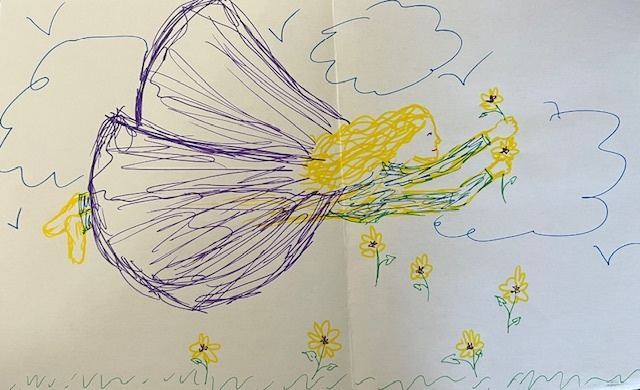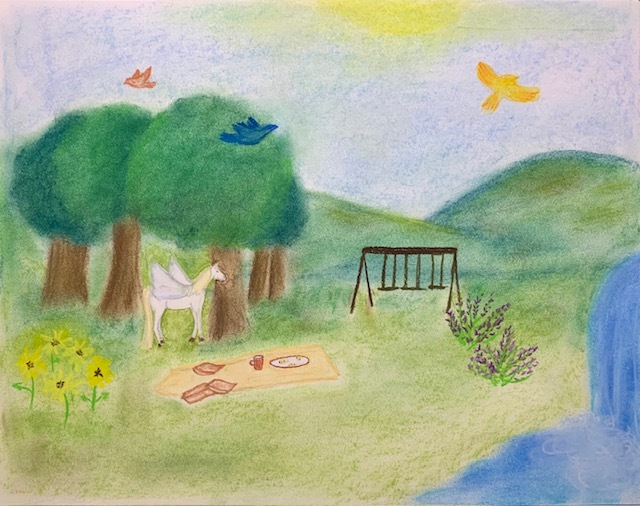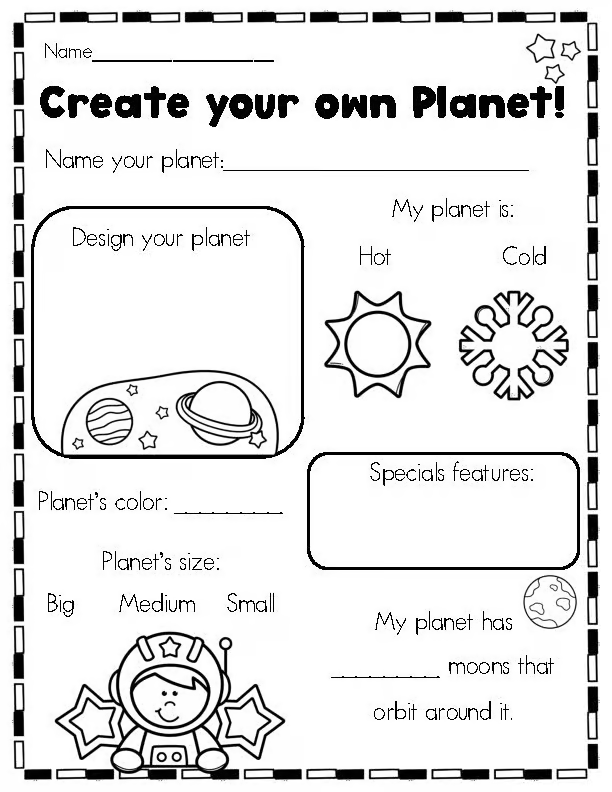Los niños no siempre pueden expresar con palabras lo que sienten, pero sus dibujos, relatos y juegos suelen reflejar lo que ocurre en su interior. La terapia de juego y arte les permite expresar emociones, desarrollar habilidades para afrontar situaciones y recuperar una sensación de control, sobre todo durante etapas de ansiedad, trauma, desafíos sociales o cambios importantes en la vida, como un divorcio o una mudanza.
En Hazel, los terapeutas utilizan herramientas creativas, como la narración de historias, el dibujo, el juego de roles y el movimiento para ayudar a los niños a expresarse y procesar lo que están experimentando.
Los niños pueden expresar sus miedos usando títeres, construyendo escenarios con bloques o utilizando juguetes para recrear situaciones que hayan vivido. La terapia de arte podría implicar dibujar las emociones, pintar imágenes que transmitan calma o esculpir figuras que simbolicen el estrés o la fortaleza.
Ambos enfoques permiten a los terapeutas observar patrones, obtener información sobre el mundo interno de un niño y guiarlo cuidadosamente hacia el crecimiento emocional. Dependiendo de la edad y las necesidades del niño, las sesiones pueden ser sin instrucciones (dirigidas por las elecciones del niño) o con instrucciones (guiadas por el terapeuta para alcanzar metas específicas).
Cómo estos enfoques apoyan la salud mental
Cuando un niño atraviesa situaciones de ansiedad, duelo, conflicto o baja autoestima, la terapia de arte y juego puede ayudar de las siguientes maneras:
- Proporciona una salida segura para expresar las emociones.
- Desarrolla confianza, autoconciencia y habilidades de afrontamiento.
- Fortalece la comunicación y la regulación emocional.
- Brinda apoyo durante el proceso de sanación de un trauma o cambio.
Los terapeutas de Hazel utilizan una amplia variedad de actividades creativas durante las sesiones en función de la edad, los intereses y las necesidades emocionales del niño. Entre las técnicas más comunes se incluyen las siguientes:
- Dibujo de sentimientos como colores o formas.
- Narración de historias o juegos de rol con títeres o muñecas.
- Construcción de un “espacio seguro” por medio de la visualización guiada y el arte.
- Uso del movimiento y la danza para regular las emociones.
- Revisión emocional a través del arcoíris (soleado = feliz, arcoíris = especial, lluvioso = difícil).
- Representación en pintura del “clima emocional” (p. ej., tormentas, luz del sol o niebla).
A menudo, los terapeutas adaptan estas actividades en el momento: transformar un libro o una película favorita en una estrategia de reflexión emocional y de afrontamiento o utilizar crayones y una hoja en blanco para expresar un día difícil en la escuela.
Exploremos algunos ejemplos de los terapeutas de Hazel
Autorretrato de superhéroe
El niño se dibuja a sí mismo como un superhéroe con poderes únicos, lo que le ayuda a aumentar la autoestima y visualizar sus fortalezas.

Dibujo de un espacio seguro
Los niños representan con dibujos su lugar seguro y tranquilo utilizando los cinco sentidos: la vista, el oído, el olfato, el tacto y el gusto. Estos dibujos se convierten en una estrategia de conexión a tierra personalizada a la que pueden volver en momentos de estrés.

Creación del planeta propio
Este ejercicio invita al niño a diseñar su propio mundo, donde se sienta en control, seguro o alegre; es ideal para niños que estén atravesando situaciones de traumas o inestabilidad.

Mochila de habilidades de afrontamiento
El estudiante dibuja una mochila y la llena con estrategias de afrontamiento que puede “llevar” consigo, como respirar profundo, pedir ayuda o tomar un descanso.

Imágenes de volcanes
A menudo, los terapeutas de Hazel utilizan pizarras para ilustrar conceptos. El terapeuta dibuja un volcán y luego señala los factores desencadenantes en un lado y las estrategias de relajación en el otro. Esto ayuda a los niños a comprender cómo se desarrollan las emociones y, al mismo tiempo, les proporciona estrategias para prevenir “erupciones”. También da lugar a conversaciones significativas en el hogar.
Juego de roles con peluches
El niño practica conversaciones o escenarios difíciles “conversando” con animales de peluche. Por ejemplo, un niño podría fingir que le está explicando sus sentimientos a un padre o a un maestro. Esto los ayuda a practicar la expresión de emociones de una manera segura y sin ningún tipo de presión. Los terapeutas suelen integrar habilidades de afrontamiento en el juego de roles, como respirar profundamente, utilizar un diálogo interno positivo o solicitar ayuda.
Títeres
Con títeres o muñecos, el niño y el terapeuta crean una breve obra de teatro en la que los personajes se enfrentan a una situación difícil (como ser excluidos en el recreo) y practican juntos estrategias de afrontamiento.
Ayudar a los niños a sentirse reconocidos a través del arte y el juego
No todos los niños están preparados para hablar sobre lo que sienten. El juego y el arte les ofrecen otra manera de expresar lo que están experimentando. Estas herramientas creativas ayudan a los terapeutas a generar confianza, comprender la experiencia de un niño y proporcionarle habilidades para toda la vida, a fin de que puedan controlar las emociones y el estrés.
En Hazel, la terapia nunca es igual para todos. Ya sea dibujando superhéroes, preparando una “mochila con estrategias de afrontamiento” o pintando un lugar tranquilo, la expresión creativa suele ser una parte fundamental para ayudar a los niños a sobrellevar lo que están experimentando.
Comience hoy mismo con la terapia en línea de Hazel
Nos asociamos con distritos escolares de todo el país para ofrecer terapia gratuita en línea a todos los estudiantes.
Busque el distrito de su hijo para comenzar 👉




